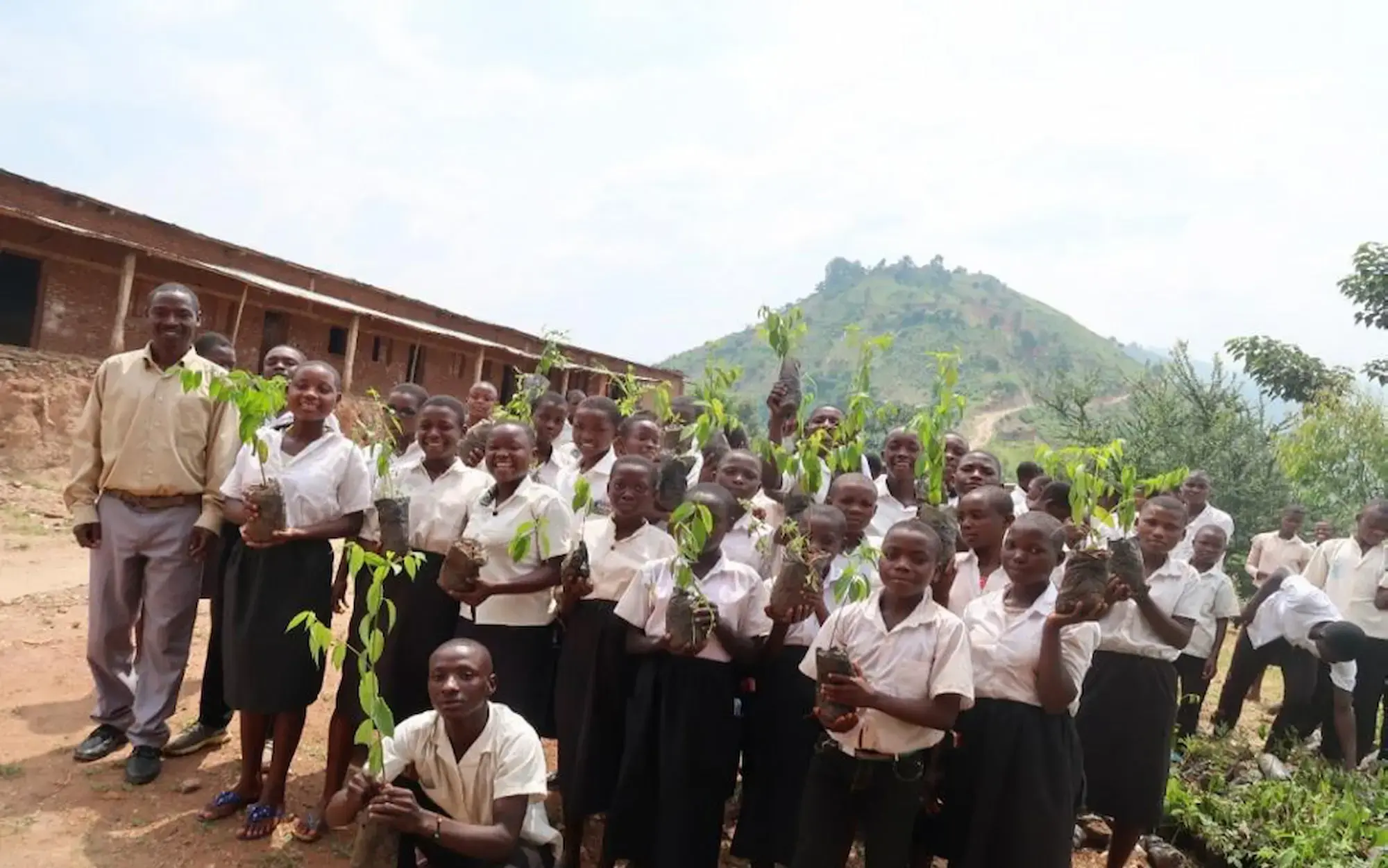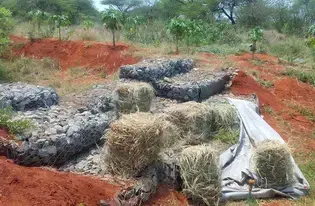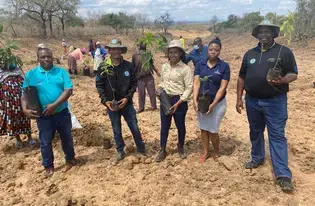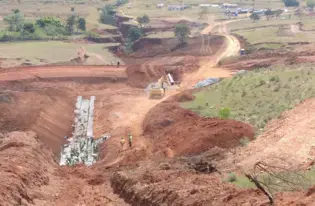It all starts with building local wealth. Plant with Purpose is helping communities across Africa save for the future and invest the proceeds in sustainable jobs that restore the environment, rather than destroy it. Doug Satre, the Senior Director of strategic partnerships at Plant with Purpose, is adamant that most local people understand that negatives of deforestation. They cut down trees because they have no other choice. “Many of the farmers understand the importance of trees. You don’t need to tell them. But because they have no other source of income, firewood and charcoal for them is a matter of survival,” he argues.
In Africa, Plant with Purpose operates in Tanzania, Burundi, Ethiopia, and the Democratic Republic of Congo (DRC), but a grant it received from TerraFund for AFR100, an initiative of World Resources Institute, One Tree Planted, and Realize Impact that finances Africa's top restoration enterprises and projects, focuses on Burundi . With this grant and in partnership with local communities, Plant With Purpose is working with the local communities to restore three sub-watersheds in Burundi, namely Mugere, Nyakazu, and Nyengwe through growing 537,634 trees. The project is also building the capacity of farmers in sustainable, holistic watershed transformation. This local collaboration and transformation is expected to foster reconciliation and peacebuilding in a nation marred by ethnic and political tension.
The organization received another grant from TerraFund for AFR100 to implement a similar project in the Democratic Republic of Congo. Read more about the latter here. This funding complements the organization’s existing work, where it grows 8 million trees each year, 1 million for each country in which it operates. To date, it has planted close to a total of 50 million worldwide and are expanding into Malawi.
Founded in 1984 with the mission to reverse environmental degradation and alleviate poverty, Plant with Purpose started with traditional microfinance, where they raised money and directly provided loans to farmers. They soon realized that the model created dependency over time, and they encountered resistance from community members when asked to repay the loan. After they reached about 2,500 groups with 7,000 members, they stalled.
They adopted a new model of using saving groups also known as the Village Savings and Loan Associations (VSLAs), which the organization calls “Purpose Groups.” These group saving and training programs support people who can’t access formal financial institutions, offer group of tight-knit community members an opportunity to save, grow their money, and take out loans to start small businesses. “My wife and I decided together to join a Purpose Group, and our very first challenge was to find some money to save. We had no idea how to save money because we never had any extra money in our whole lives, but I decided to start saving the little that we could,” says Byamungu, a father of six and farmer in the Democratic Republic of the Congo (DRC).
After a period of contributing those savings to the group, Byamungu took out a loan from association and invested in his farmland. Today, he produces and sells vegetables, including tomatoes. He used the income from selling vegetables to repay his loan, and now his income has increased. The power of inclusive finance could turbocharge Africa’s land restoration movement.








